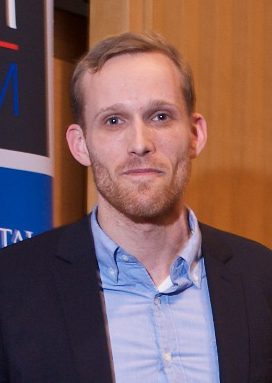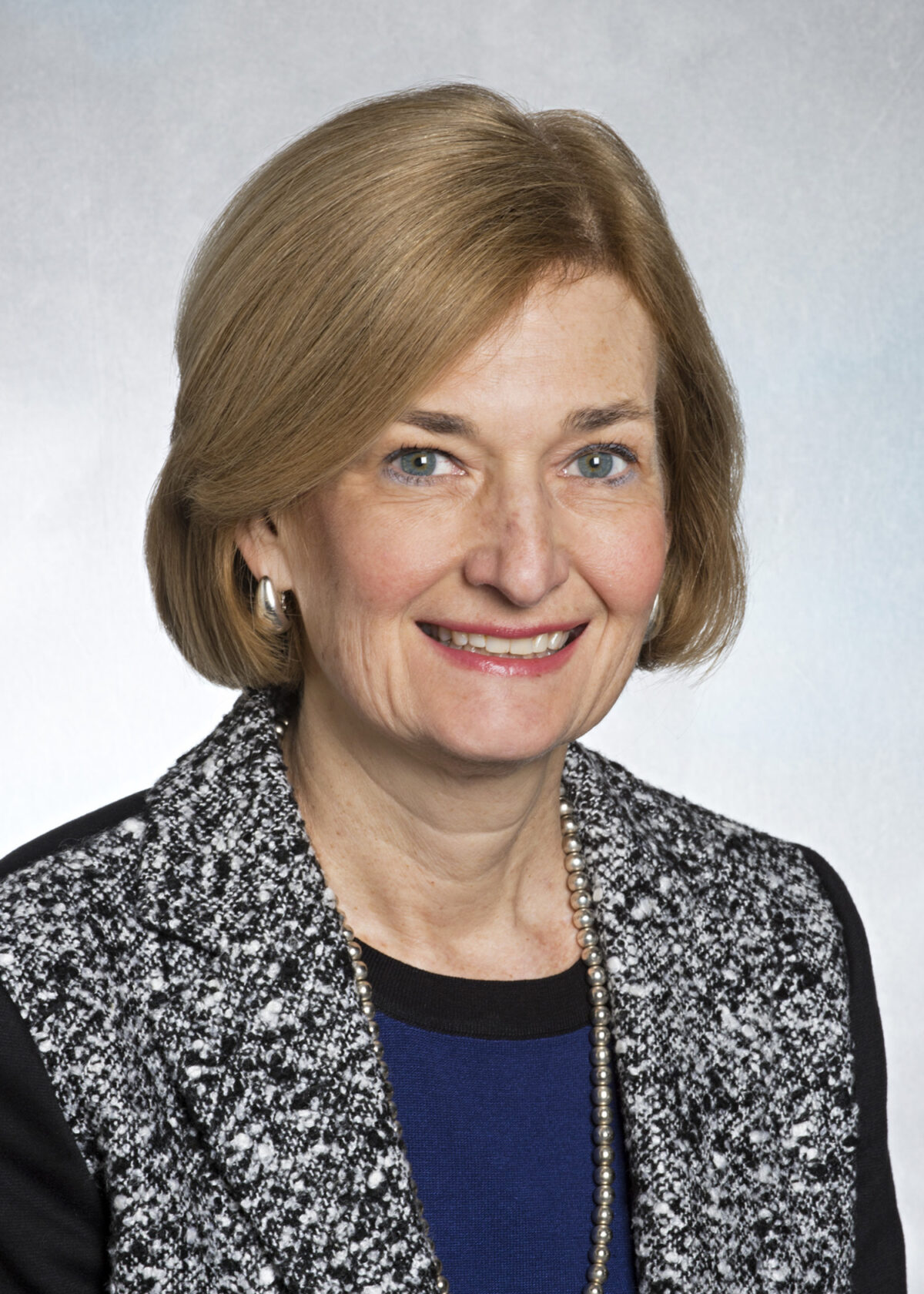“We hope that this can help us identify the optimal therapy for patients on a personalized basis”
Oliver Jonas, PhD
Oliver Jonas, PhD, MA, a laboratory director in the Department of Radiology, is taking precision medicine to new levels to fight cancer.
He has developed a tiny device, smaller than a grain of rice that, once implanted into part of a tumor, releases small doses of different kinds of anti-cancer therapies directly into the tumor. The device remains implanted for 24 hours and is then retrieved with the surrounding tissue, which is analyzed to measure the effect of each therapy on the tumor.
“We hope that this can help us identify the optimal therapy for patients on a personalized basis,” said Jonas, who first developed the technology as a postdoc at the Koch Institute for Integrative Cancer Research at MIT.
Prior to this year, the device had only been tested in animal models; however, a “first-in-man” study began earlier this year with breast cancer patients. Jonas, whose background is in physics, refers to the technology as “lab-in-a-patient” microdevices since they test the phenotypic response of a large number of different anti-cancer agents within tumor tissue in a rapid, minimally invasive assay. The devices are placed into tumors by biopsy needle and retrieved through biopsy or surgical removal. Multiple devices can be implanted into a single tumor or in different tumors at the same time without risk of harm to healthy tissue since the therapies are targeted locally to tumor cells only.
This past November, the Brigham Research Institute recognized Jonas and his lab of cancer biologists and mechanical and biomedical engineers for their innovative research with a BRI Director’s Transformative Award, a $500K two-year grant. The team’s proposal, which was one of 21 submissions, was selected by a scientific advisory board for its novel approach to improving cancer treatments. The announcement of the prize winner was made at Discover Brigham’s award ceremony.
The BRI award will help advance the technology to incorporate advances in micro-manufacturing and in vivo sensing – testing the tissue response inside of the tumor rather than taking the tissue out of the tumor and then testing it – to measure drug effects in real time. The award will also allow the team to conduct additional clinical studies, beginning with lung and ovarian cancer clinical trials at the Brigham, led by Yolonda Colson, MD, PhD, director of the Women’s Lung Cancer Program, and Neil Horowitz, MD, of the Department of Obstetrics and Gynecology, respectively. Jonas says he hopes these studies will provide the early validation needed to make the technology available to patients more broadly.
“We have assembled amazing teams across the departments of Radiology and Surgery and the Surgical Oncology Division to take this technology to patients.”
Oliver Jonas, PhD
“We have assembled amazing teams across the departments of Radiology and Surgery and the Surgical Oncology Division to take this technology to patients,” said Jonas. “The technology is essentially the same for each indication, and the minimally invasive procedures for implantation and retrieval in tissue are also similar. There are clear synergies across the various clinical applications, and I feel very fortunate to bring all these amazing researchers and physicians together as one team.”
Ultimately, Jonas – who has always been interested in the mechanical differences between tumor cells and regular tissue – hopes the device can be used for many other types of cancer.
“The goal with any of these kinds of projects is to develop something that will be used in patients and make a difference,” he said. “That is always the goal from start, and it remains our goal now.”




